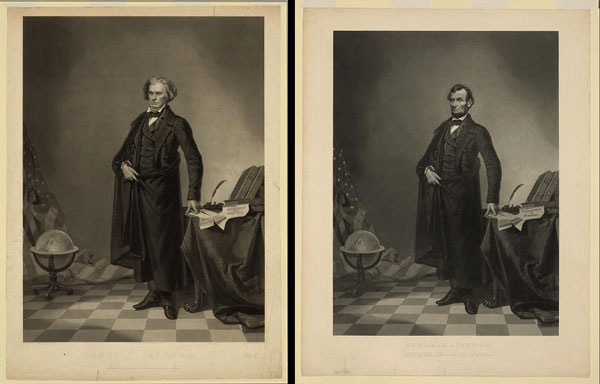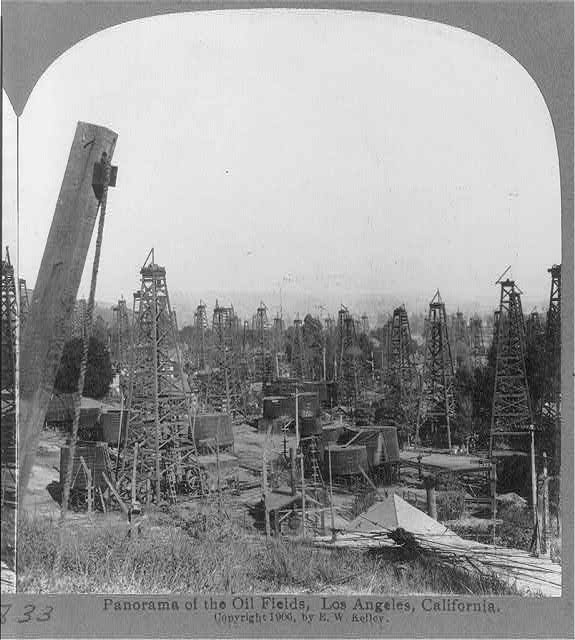
On this day the Mets baseball team pays former player Bobby Bonilla over 1 million dollars each year until 2035.
From Wikipedia
After his subpar 1999 season, the Mets released Bonilla, but still owed him $5.9 million. Bonilla and his agent offered the Mets a deal: Bonilla would defer payment for a decade, and the Mets would pay him an annual paycheck of $1.19 million starting in 2011 and ending in 2035, adding up to a total payout of $29.8 million.[19][20][21] Some fans refer to these payments on July 1 as “Bobby Bonilla Day”. Mets owner Fred Wilpon accepted the deal mostly because he was heavily invested with Ponzi scheme operator Bernie Madoff, and the 10 percent returns he thought he was getting on his investments with Madoff outweighed the eight percent interest the Mets would be paying on Bonilla’s initial $5.9 million. As a result, the payout was a subject of inquiry during the Madoff investment scandal investigation when it came to light in 2008.[22] Bonilla also has a second deferred-contract plan with the Mets and Baltimore Orioles that was initiated in 2004 and pays him $500,000 a year for 25 years.[23]














